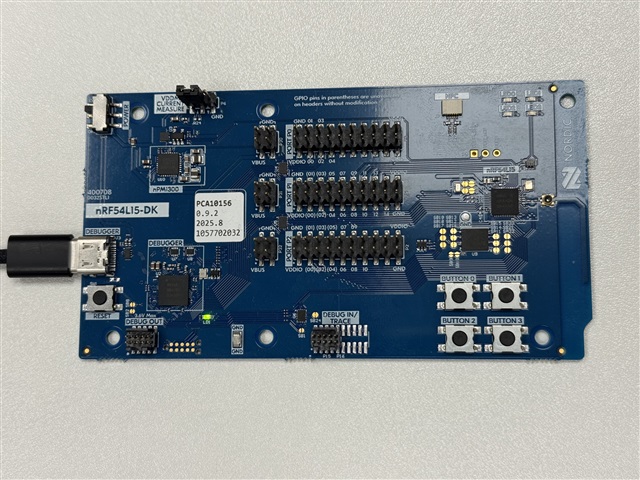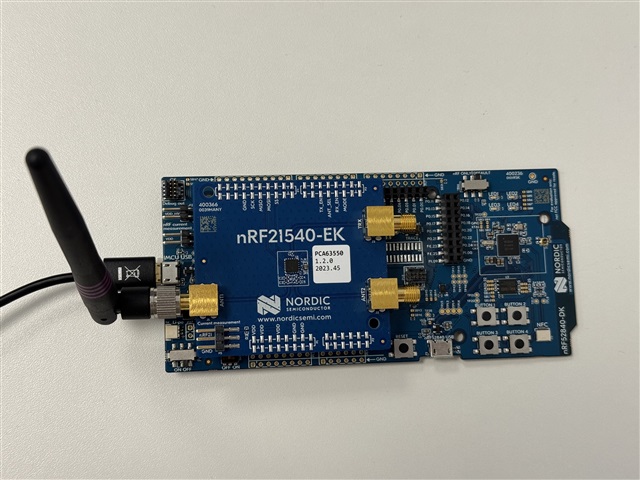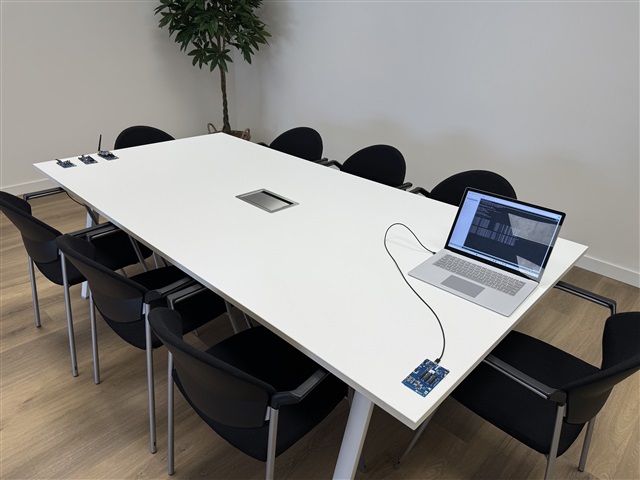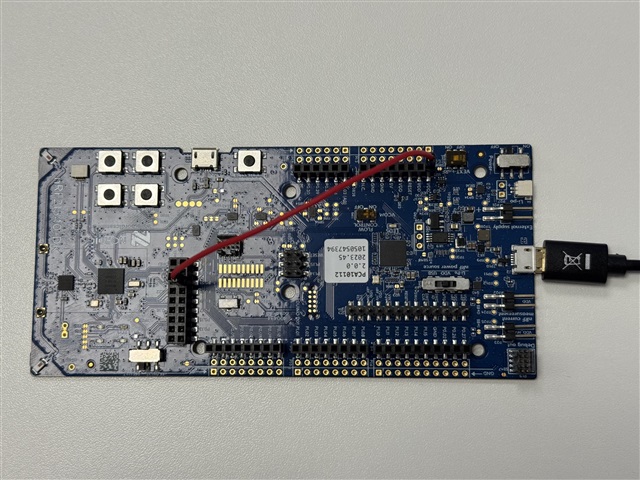We are currently working on a project using Enhanced ShockBurst (ESB) and would like to enable Front-End Module (FEM) support with the nRF21540.
According to the Enhanced ShockBurst sample documentation, FEM support is available.
I have modified the standard esb_ptx and esb_prx examples to test the various TX power levels supported by different Nordic boards and to observe the resulting RSSI values on the receiving side. This allows me to test range and determine which Nordic chip or antenna performs best and which TX power level is required for stable communication.
FEM Support:
The modified example works well in general, but I see no improvement when using an nRF21540-DK or any other Nordic board equipped with the nRF21540-EK shield.
I’ve carefully followed all documentation and Q&A posts on Nordic Developer Zone. I have enabled the necessary MPSL drivers and configured the correct overlay settings for FEM support.
However, on the nRF21540-DK, the signal is so weak that I can only transmit packets if the PTX and PRX boards are placed directly next to each other. It doesn’t seem to make a difference whether MPSL is enabled or not.
With other boards like the nRF52840 + nRF21540-EK shield, the received signal is also significantly worse compared to using no FEM at all.
I’ve spent quite some time on this and have a decent amount of experience with the Nordic platform, but I just can’t get FEM to work properly with the ESB protocol using the nRF Connect SDK 3.0.1.
So I’m wondering:
-
Am I missing something in the configuration?
-
Could there be a software or driver issue?
-
Or is there possibly something wrong with the hardware?
I’ve attached my ESB RSSI test project, along with the console output for different Nordic development boards. Feel free to use this example for other purposes—it can be helpful to quickly test RSSI across various boards and antenna setups at different distances.
Sample: ESB-RSSI (version 3-7-2025).zip









